Ophthalmology Conditions
- Uveitis and Ocular Inflammation
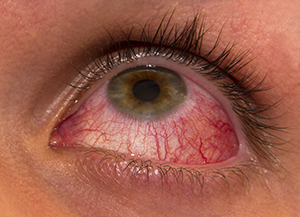
Ocular inflammation is swelling and inflammation of the eye tissue. The part of the eye that is commonly affected is the middle layer of the eye known as the uvea. Inflammation of the uvea is known as uveitis.
Know More - Dry Eyes
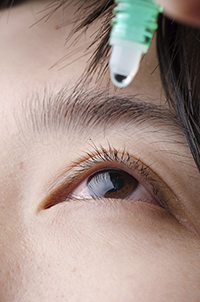
Dry eyes, also called keratoconjunctivitis sicca, is a medical condition caused due to a lack of adequate tears in your eyes.
Know More - Lid Cysts
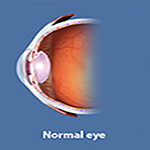
An eyelid cyst also referred to as chalazion or a meibomian cyst is a painless inflammation characterized by a lump formed on the upper or lower eyelid. An eyelid cyst is non-communicable and usually does not affect vision, but a large lump can put pressure on the eye.
Know More - Blepharitis

Inflammation of the eyelids is referred to as blepharitis. Blepharitis causes red, itchy and swollen eyelids. The condition usually affects both eyes along the edges of your eyelids.
Know More - Glaucoma

Glaucoma is an eye disease that adversely affects the optic nerve. If left untreated glaucoma leads to progressive vision loss and ultimately blindness.
Know More - Retinal Tear
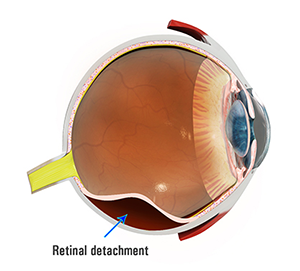
The retina is tissue present at the back of the eye that is responsible for vision. Severe near-sightedness, eye injury, cataract surgery or familial history may cause a retinal tear.
Know More - Cataract

A cataract is a condition which causes clouding of the lens in the eye resulting in blurry vision. The lens is situated behind the iris, the dark portion of the eye, and is not visible.
Know More - Diabetic Macular Oedema

Macular oedema refers to the swelling or thickening of the macula, the central part of the retina or the light receptive tissue of the eye. Diabetic macular oedema is a complication of diabetes that occurs when fluid leaks from retinal blood vessels and accumulates in the macula of the eye.
Know More - Retinal Vein Occlusion
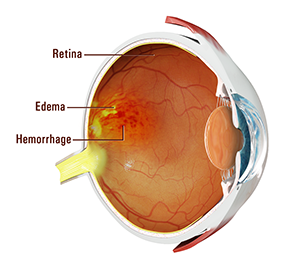
The retina is the light-sensitive layer present at the back of the eye. It contains nerve cells that convert the focused image to an electrical signal which is then transmitted to the brain.
Know More - Macular Oedema

An intravitreal injection is a non-invasive eye procedure where medication is injected into the vitreous cavity - the space at the back of your eyes, near the retina.
Know More - Cystoid Macular Oedema

The macula is responsible for sharp central vision required to read, drive, sew or recognise a face. Macular oedema refers to the swelling or thickening of the macula, the central part of the retina (light receptive tissue of the eye).
Know More - Central Serous Retinopathy

Central Serous Retinopathy, also called Central Serous Chorioretinopathy, is an eye disorder characterized by fluid accumulation underneath the macular, causing visual distortion.
Know More - Vision Disorders
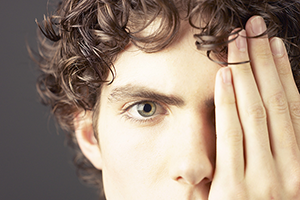
Vision disorders are the conditions that cause impairment in the sense of vision. These disorders are often caused by certain eye diseases or structural abnormalities of the eyeballs.
Know More - Watery Eye
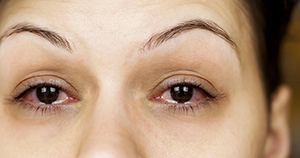
A watery eye or epiphora is generally seen in young babies and older people. In this condition, tears accumulate in the eyes due to a blockage in one or both tear ducts. As a result, excessive tears trickle down the face instead of draining from the tear ducts.
Know More - Tear Duct Obstruction
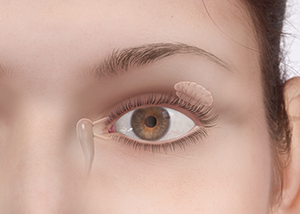
The tear duct is a membranous canal that drains the tears from the eyes into the nasal cavity. Blocked tear ducts also are known as dacryostenosis or congenital lacrimal duct obstruction is a common condition in infants that may affect one or both eyes.
Know More - Vein Occlusion
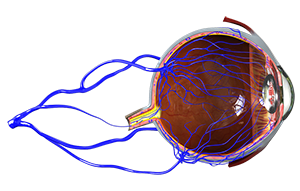
The retina is the layer of tissue present at the back of the eye. It changes the light that enters the eye into nerve signals, which are transmitted to the brain for interpretation.
Know More - Chalazion

A chalazion is a painless inflammation characterized by a lump or nodule formed on the upper or lower eyelid. A chalazion is non-communicable and usually does not affect vision, but a large lump can put pressure on the eye.
Know More - Vein Occlusion Macular Oedema

The retina is the layer of tissue present at the back of the eye. It changes the light that enters the eye into nerve signals, which are transmitted to the brain for interpretation.
Know More - Allergic Disorders of the Eye

The eyes are the most complex sensory organ in our bodies. Allergies are a common disorder that affects the eyes. You may have eye allergies if your eyes itch, appear red, are tearing up or you feel burning.
Know More - Blurred Vision

Blurred vision is a condition associated with decreased sharpness of vision, resulting in difficulty seeing fine details. It may be unilateral (one eye) or bilateral (both eyes).
Know More - Distortion of Central Vision

Distortion of central vision is a visual defect in which linear objects, such as lines on a grid appear curvy, rounded, or discontinuous.
Know More - Ocular Ischemic Syndrome
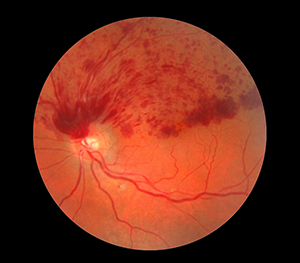
Ocular ischemic syndrome (OIS) is a rare condition characterized by abnormal growth of blood vessels in the eye causing vision loss and pain.
Know More - Optic Neuropathy
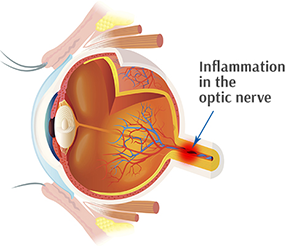
Optic nerves carry information from the eyes to the brain. Damage caused to the optic nerves disrupts the vision of the eye and is termed optic neuropathy.
Know More - Posterior Uveitis

Uveitis is characterized by inflammation of the uvea (a middle layer of the eye which provides blood supply to the retina).
Know More - Proliferative Diabetic Retinopathy

Diabetic retinopathy is a complication of diabetes, characterized by progressive damage to the retina. The condition usually affects both eyes and the severity can vary, but if left untreated, it can cause blindness.
Know More - Temporal Arteritis
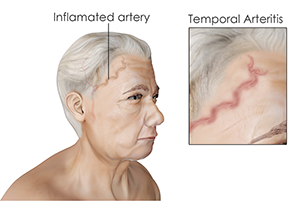
Temporal arteries are the blood vessels around the temple (side of the head behind the eyes) that supply blood to the head and brain. Temporal arteritis is a condition in which these blood vessels are damaged or inflamed.
Know More - WET AMD

A small oval spot on the retina (tissue on the back of the eye) called the macula is responsible for sharp, central vision.
Know More - Traumatic Iritis
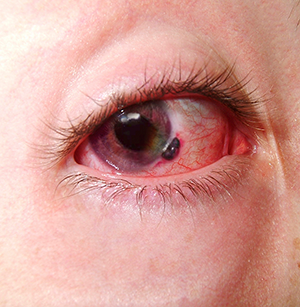
The human eye gets its colour from a circular pigmented membrane called the iris. Made up of muscular fibres, the iris controls the amount of light entering through the pupil or centre of the eye, to give you clear vision.
Know More - Acute/ Chronic/Recurrent Iridocyclitis

Acute/ Chronic/Recurrent Iridocyclitis are sub-types of a condition called uveitis. Uveitis is a condition causing inflammation of the middle eye or uvea.
Know More - Am I at Risk of Glaucoma?

Glaucoma is a group of eye diseases characterized by the damage of the optic nerve due to increased internal eye pressure.
Know More - Epiretinal Membrane
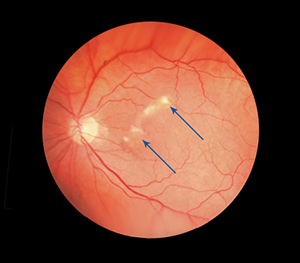
An epiretinal membrane also called a macular pucker, premacular fibrosis, surface wrinkling retinopathy or cellophane maculopathy is a thin film of fibrous tissue that forms over the macula (central part of the retina, the light receptive tissue at the back of the eye).
Know More - Open and Closed Iridocorneal Angles
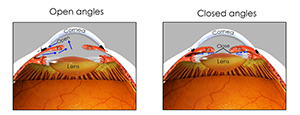
The eye is made up of two chambers that are filled with a clear gelatinous fluid called aqueous humour which lubricates and maintains the shape and intraocular pressure of the eye.
Know More - Pars Planitis/Intermediate Uveitis

Pars planitis is inflammation of a part of the eye called the pars plana. The pars plana is a part (posterior ring) of the ciliary body, the circumferential tissue behind the iris responsible for making the fluid in the eye that nourishes the lens and cornea.
Know More - Retinal Detachment
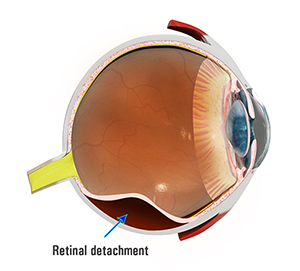
Retinal Detachment is an eye disorder in which the retina (light receptive layer of tissue at the back of the eye) is pulled away from its normal position.
Know More - Subconjunctival Haemorrhage
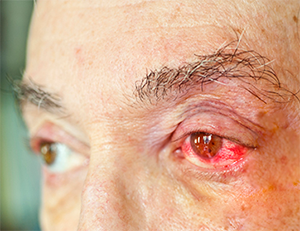
The conjunctiva is a tissue that covers the white part of the eye and consists of blood vessels and nerves. Subconjunctival haemorrhage is bleeding under the conjunctiva caused by the rupture of these blood vessels.
Know More












